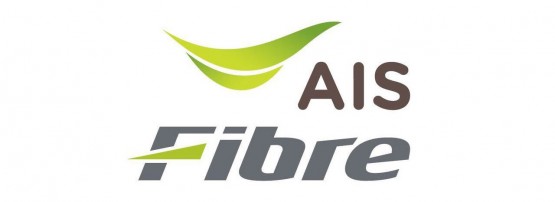
A Thai ISP that started as a computer rental business in 1986 has become the country’s first to transition to dual-stack for fixed broadband, with IPv6 traffic directly globally routed from the customer to the external network, and IPv4 customers behind CGN. And thanks to a great deal of planning, it has done so without any business interruption.
AIS (Advanced Info Service) now provides all its AIS Fibre subscribers with IPv6. Public v6 became the default service for all new AIS Fibre customer packages from 1 April this year. As of June 16, existing customers had their public IPv4 recalled and have been provided with private v4 and public v6. AIS Fibre has a target of 6.5 million ‘homepasses’ by end of this year.
Piphat Trakoolwatana is leading the deployment; he says v6 must be the goal for every ISP.
“The choice for us was clear. The amount of available v4 is decreasing and we wanted to reduce CGN NAT use. And from a content point of view many Internet applications— IoT, YouTube, Google—already support v6,” he says.
After discussions internally and with vendors over a number of years, AIS decided to use the IETF standard prefix delegation mechanism: DHCP-PD with a /64 prefix given to each customer.
The benefits for AIS Fibre customers are significant. “With our newest Internet package, public v6 will be the default service for every customer. That means customers can use public v6 without any extra cost, and no limitation to the number of hosts, no port forward configuration, and no NAT.
“In the future, all IPTV and IoT will use v6. We are also introducing other products such as an IPv6 enabled security camera.”
But the transition has not been without challenges.
“With multivendor environments in the AIS Fibre Network, all network devices must support both v4 and v6, including CPE. Unfortunately some ONT/VDSL modems do not pass v6 integration and need a great deal of time to correct their software. We also had to make sure we deployed the latest firmware without any interruption to quality of service, and the content delivery network (CDN) was the same as with v4,” Mr Trakoolwatana says.
“From a customer-provided equipment (CPE) and network infrastructure perspective, it was critical to choose the right v6 model for us. We had to ensure all network and CPE configurations worked perfectly and we were able to deploy in the live network without any traffic interruption.
“From a project management perspective, it was important to have a comprehensive implementation plan and discuss it with every team. Our deployment team defined who should be migrated and ensured new subscribers use v6 from the activation date.”
When asked for his advice for other organizations wanting to transition to IPv6, Mr Trakoolwatana says “a lot depends on each country and their situation at that moment”, but AIS would suggest:
- Network Infrastructure. All devices must support IPv6. AIS Fibre is a newcomer and the plan from the beginning was to deploy v6.
- CPE. All CPE must be tested carefully before delivery to customer. AIS Fibre spent more than three months testing new firmware from every CPE vendor. You must plan for CPE development and testing.
- Marketing and deployment plan. Understand if your customers need pure v6 or dual-stack. This is a very important business decision. AIS uses dual-stack because most of our customers still use devices that only support v4.
AIS are already seeing an increase in subscribers thanks to the market-leading move. “We are proud to be the first to transition easily in Thailand and we hope to motivate others towards IPv6.”
The views expressed by the authors of this blog are their own and do not necessarily reflect the views of APNIC. Please note a Code of Conduct applies to this blog.

Very nice to see this IPv6 success story in our region.
Of course, APNIC Labs is showing the evidence as well, with user preference for IPv6 peaking at around 40% since April this year:
http://stats.labs.apnic.net/ipv6/AS133481?a=133481&c=TH&x=1&s=1&p=1&w=1
NOT a success story! I have AIS Fibre and am still on IPv4 and my installation was in January!
ipv4 is not a public ip because AIS assigned a private ipv4 and public ipv6
I had ipv6 on my AIS Fibre since day 1
Great success story report, maybe I transfer some information in Chinese to share the other customer ?